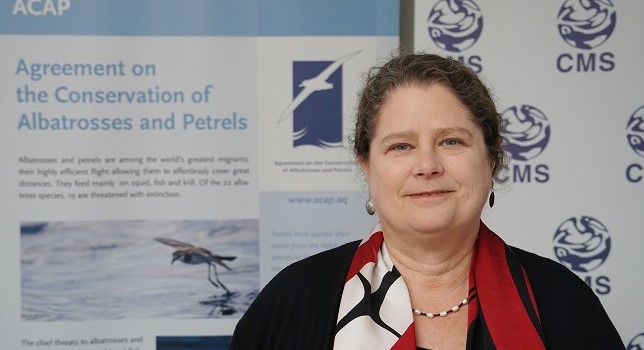A new online guide was on Wednesday, April 19, 2023, launched to help cities around the world reduce the impacts of light pollution on wildlife.

The guide, “Curb Light Pollution in Your City,” offers facts, successful case studies, information resources, and a checklist for cities to reduce the harmful effects of artificial lighting on wild animals.
Light pollution is considered a growing threat, particularly to migratory species of animals. The launch is timed with International Dark Sky Week – a campaign to raise awareness around this issue. The guide was developed through a collaboration between the Convention on the Conservation of Migratory Species of Wild Animals (CMS) and ICLEI’s Cities Biodiversity Centre and will be freely available on the global CitiesWithNature platform.
Light pollution is increasing globally, with the amount of artificial light on the Earth’s surface increasing by at least 2 per cent annually, while it is estimated that 80 per cent of the world’s population is currently living under a “lit sky” – a figure closer to 99 per cent in Europe and North America.
“Light pollution is a significant and growing threat to wildlife, including many species of migratory birds, bats, marine turtles, and numerous other species. As light pollution is concentrated in and around cities, it is important for cities to take measures to reduce its impacts on wildlife,” said Amy Fraenkel, Executive Secretary of CMS.
Light pollution can have significant impacts on wildlife, including disrupting and altering migration patterns, changing feeding behaviour, and interfering with reproduction. Birds can become disoriented by city lights, leading to depleted energy reserves, and putting them at risk of exhaustion, predation, and fatal collision with buildings.
“With 60 per cent of the world’s population set to live in towns or cities by 2030, cities play a critical role in addressing light pollution. The new city guide, hosted by CitiesWithNature, will help cities make more nature positive decisions and provide them with the tools to start addressing the growing problem light pollution poses to wildlife and people,” said Kobie Brand, Global Director, ICLEI Cities Biodiversity Centre.
With a particular focus on migratory birds, the new guide presents case studies of cities that have successfully implemented strategies to address the issue, as well as lessons learned to share knowledge and expertise across city stakeholders on how to curb light pollution.
Among the recommendations particularly useful to cities, are a set of six principles of best lighting practices, presented as a checklist, as well as the call for Environmental Impact Assessments for relevant projects that could result in light pollution. These should consider the main sources of light pollution at a certain site, the likely wild species that could be impacted, and facts about proximity to important habitats and migratory pathways for different species.
The development of the new city guide on light pollution was initiated by CMS and ICLEI in the context of last year’s World Migratory Bird Day awareness-raising campaign, held under the theme “Dim Lights for Birds at Night” and which helped focus global attention on the topic of light pollution and its impact on migratory birds.
New international light pollution guidelines for wildlife are slated to be adopted by CMS Parties at the 14th meeting of the CMS Conference of the Parties, due to take place in Samarkand, Uzbekistan from October 23 to 28, 2023.
Both the city guide and the upcoming international guidelines are a response to the increasing worldwide recognition of this growing problem and will enable governments and cities to take concrete steps to curb light pollution and help save migratory species of wild animals.
